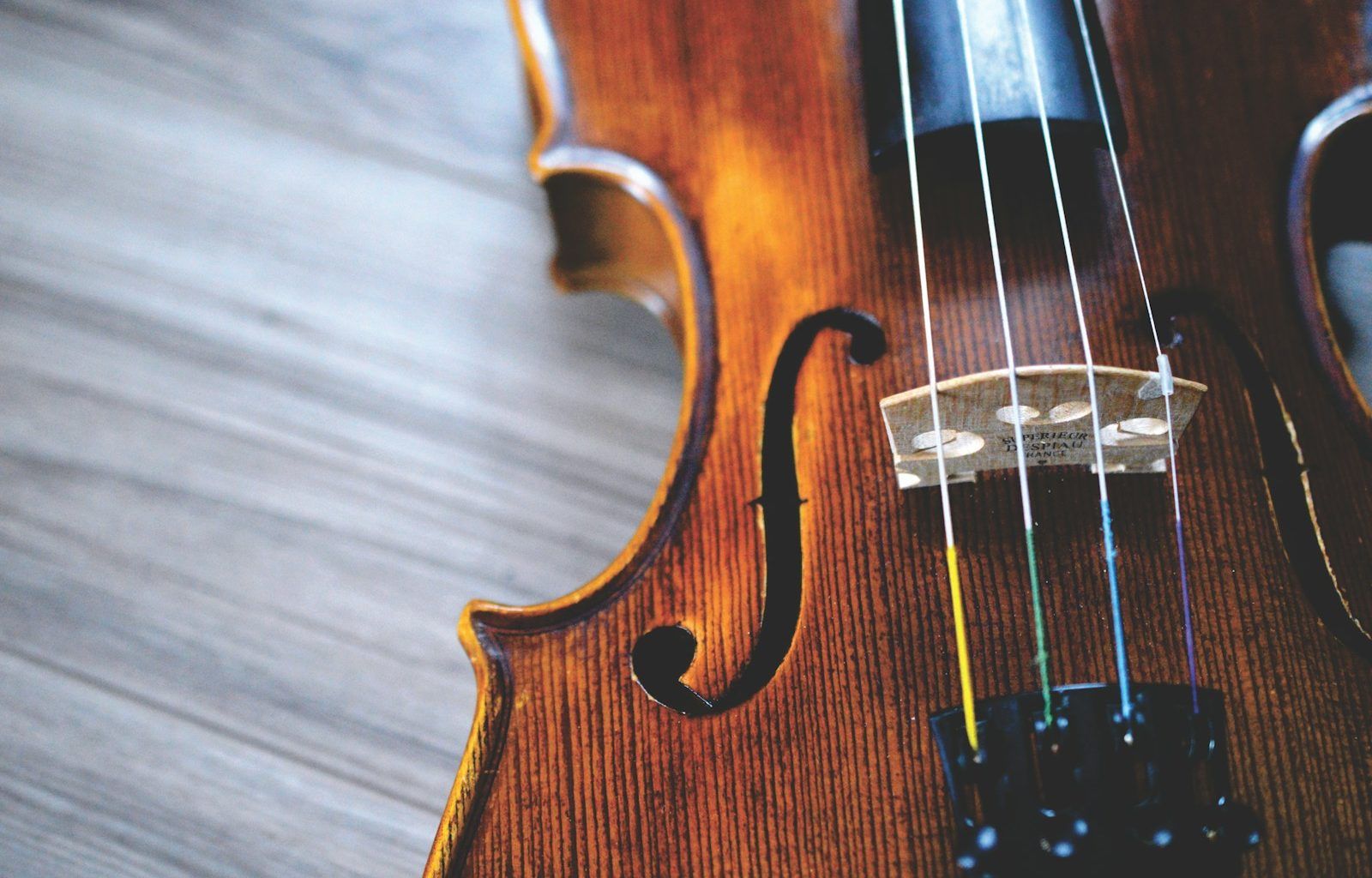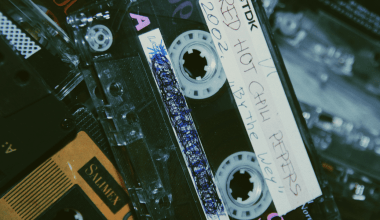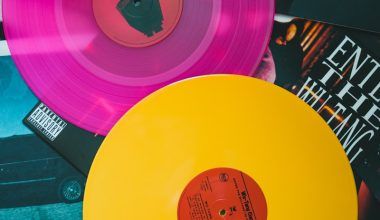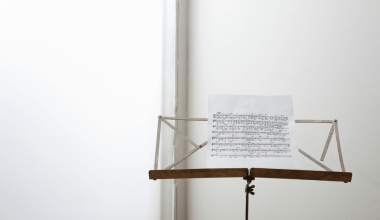Setting up your own music studio is an exciting step toward exploring your creative side and producing high-quality music. Whether you’re a budding musician, an aspiring producer, or someone who loves sound, building a music studio at home doesn’t have to be expensive or complicated. With a bit of planning, effort, and the right tools, you can create a space to make your musical dreams come true.
In this blog, we’ll guide you through how to make a music studio step-by-step. We’ll share tips on choosing the right equipment, setting up the perfect space, and optimizing your sound quality.
Why Create Your Own Music Studio?
Before diving into the setup, let’s talk about why you might want to make a music studio at home. For one, having your own space allows you to create music anytime you feel inspired. You won’t need to rent expensive studio time, and you can experiment freely without pressure.
It’s also much more cost-effective in the long run. If you love producing or recording regularly, the investment you make into a home studio will save you thousands over time.
Step 1: Plan Your Studio Space
The first step in learning how to make a music studio is choosing the right space. You don’t need a massive room. Even a corner of your bedroom or basement can work if planned properly. The goal is to pick a quiet space where outside noise won’t interfere.
Things to Consider:
- Room Size: A small or medium-sized room is ideal for beginners.
- Noise Control: Avoid rooms near busy streets or noisy areas.
- Acoustics: Rooms with hard surfaces may create echoes. Use rugs, curtains, or foam panels to absorb sound.
If possible, choose a room with minimal windows and doors. This will help reduce sound leakage and external noise.
Step 2: Gather the Essential Equipment
When setting up a music studio, having the right equipment is crucial. You don’t need to spend thousands of dollars right away. Start small, then upgrade as you grow.
1. Computer or Laptop
Your computer is the heart of your music studio. Choose one that has enough power to handle recording software (DAW) and plugins without lag. Look for a laptop or desktop with a good processor, plenty of RAM (at least 8GB), and storage space.
2. Digital Audio Workstation (DAW)
A DAW is the software you’ll use to record, edit, and produce music. Some popular DAWs include:
- FL Studio
- Ableton Live
- Logic Pro (Mac users)
- Pro Tools
If you’re new, try free or trial versions of these tools to see which one works best for you.
3. Audio Interface
An audio interface connects your instruments, microphones, and headphones to your computer. It converts analog signals into digital sounds. Some beginner-friendly interfaces include:
- Focusrite Scarlett 2i2
- PreSonus AudioBox
- Behringer UMC22
4. Microphone
If you’re recording vocals or instruments, a quality microphone is essential. For beginners, a condenser microphone is a great choice. Popular options include:
- Audio-Technica AT2020
- Rode NT1-A
- Blue Yeti (USB microphone)
5. Headphones and Studio Monitors
- Headphones: Closed-back headphones help you focus on sound without outside distractions. Examples are Audio-Technica ATH-M50x or Sony MDR-7506.
- Studio Monitors: Unlike regular speakers, studio monitors provide a flat, uncolored sound, helping you produce better mixes.
6. Cables and Accessories
You’ll need XLR cables (for microphones), USB cables, and stands for your mic and monitors. Don’t forget a pop filter for recording vocals!
Step 3: Set Up Your Equipment
Once you have all the essential gear, it’s time to set everything up. Proper setup will help you achieve better sound quality and make your music studio functional.
1. Place Your Desk and Computer
Start by positioning your desk near a wall. Avoid placing your desk in a corner, as it may create sound reflections. Your computer should sit at the center of your setup for easy access to your DAW.
2. Position Your Studio Monitors
Place your studio monitors at ear level, forming an equilateral triangle between your head and the speakers. This positioning ensures balanced sound output. Keep your monitors at least a foot away from walls to avoid bass buildup.
3. Set Up Your Microphone
Position your microphone on a stand. Use a pop filter to reduce unwanted plosive sounds (like “p” or “b” sounds). If you’re recording vocals, face away from reflective surfaces or use a reflection filter to block unwanted echoes.
4. Connect Your Audio Interface
Plug your audio interface into your computer using a USB cable. Connect your microphone and headphones to the interface. Test everything to ensure the signals are working properly.
Step 4: Soundproof and Treat Your Room
Soundproofing and acoustic treatment are key elements in learning how to make a music studio. Without them, your recordings may suffer from unwanted noise and poor sound quality.
Soundproofing
Soundproofing prevents external noise from entering your studio and keeps your music from disturbing others. Here are some affordable tips:
- Use thick curtains or blackout drapes.
- Seal gaps in doors and windows with weatherstrips.
- Place rugs or carpets on the floor.
Acoustic Treatment
Acoustic treatment helps control sound reflections inside your room. This gives you cleaner recordings and a more accurate listening experience.
- Use foam panels on walls to absorb sound.
- Install bass traps in the corners to reduce low-frequency buildup.
- Hang diffusers to scatter sound waves and minimize echoes.
Step 5: Learn Your DAW and Start Recording
With your equipment set up and your room treated, it’s time to dive into the creative process. Learning your DAW is the first step to making music.
Start with Tutorials
Most DAWs offer beginner-friendly tutorials. YouTube is also a fantastic place to learn how to record, edit, and mix music step by step.
Record Your First Track
Experiment by recording vocals, instruments, or beats. Don’t worry about perfection at first. Focus on understanding the software and having fun.
Practice Mixing and Mastering
Once you’ve recorded tracks, learn how to mix them. Mixing involves balancing sound levels, panning, and adding effects. Mastering is the final step to polish your track and make it ready for release.
Step 6: Upgrade Your Studio Over Time
Building a music studio is a journey. You don’t have to get everything perfect in one go. As you learn more about music production, you can upgrade your gear.
Future Upgrades to Consider:
- Better studio monitors
- A second microphone for versatility
- MIDI controllers for producing beats
- Advanced plugins for effects and mastering
Keep experimenting, learning, and improving your studio to suit your needs.
Final Thoughts: Start Building Your Music Studio Today
Now that you know how to make a music studio, it’s time to take action! Start with a simple setup and expand it as you grow. Creating music at home is not just rewarding but also incredibly fun.
By following these steps, you can build a space where inspiration flows and creativity thrives. Remember, you don’t need the fanciest equipment to make great music—it’s all about passion and practice. So, get started today and turn your dream of a home music studio into reality.
For further reading, explore these related articles:
- How to Edit Together Music Video Clips: A Complete Beginner’s Guide
- How to Add More Than One Sound on TikTok: The Ultimate Guide
For additional resources on music marketing and distribution, visit DMT Records Private Limited.






